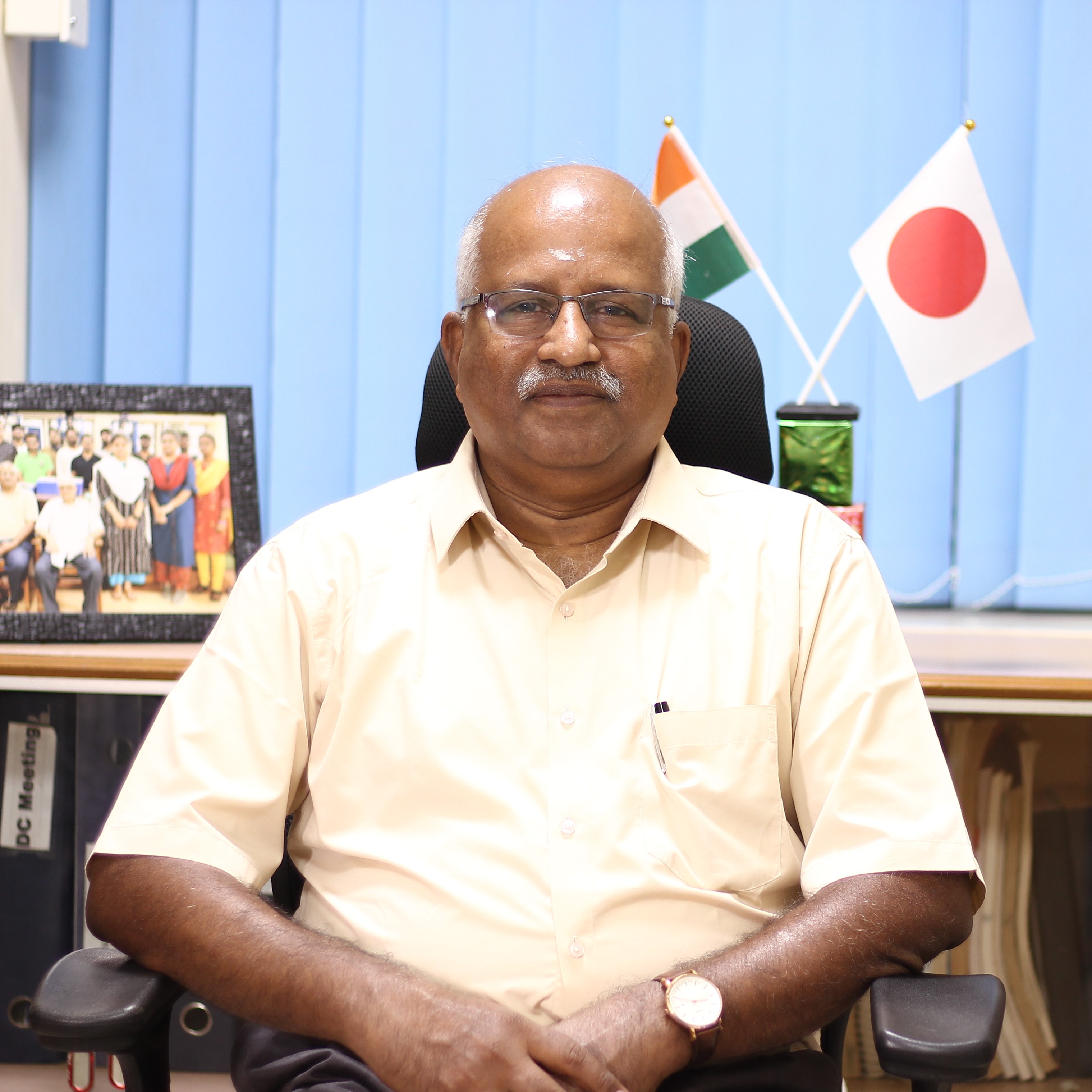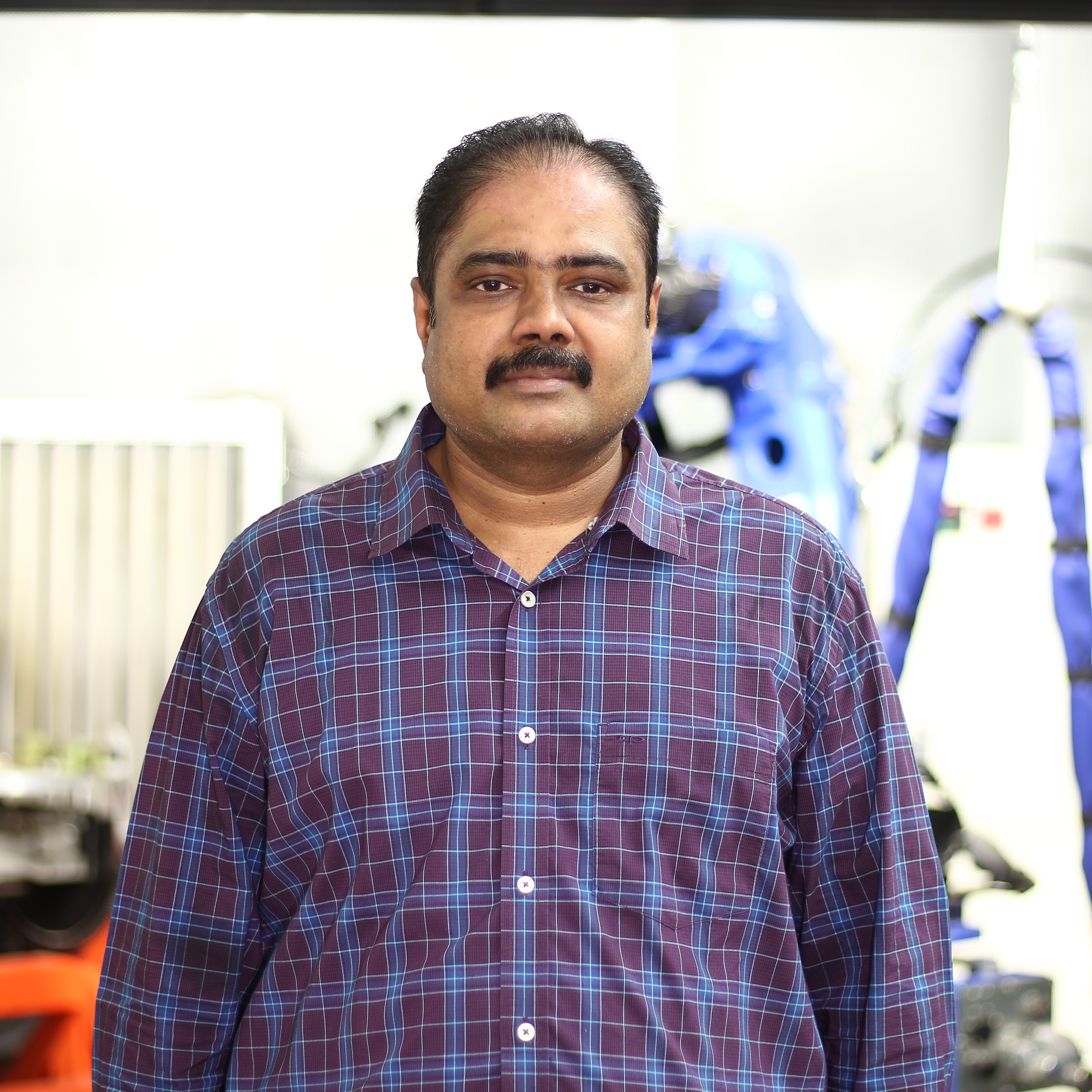Surface Engineering
Surface engineering is the field of study that deals with the modification and manipulation of the surface properties of materials. The main goal of surface engineering is to improve the performance, durability, and functionality of materials by controlling their surface characteristics.
Surface engineering can be divided into two main categories: surface modification and surface coating.
Surface modification refers to the alteration of the surface properties of a material without adding any new material. This can be achieved through techniques such as heat treatment, shot peening, and plasma treatment.
Surface coating refers to the application of a thin layer of material to the surface of a substrate. This can be achieved through techniques such as physical vapour deposition (PVD), chemical vapour deposition (CVD), and other techniques.
Some examples of the application of surface engineering are:
- Wear resistance improvement in machinery and engine parts
- Corrosion protection in metal parts
- Biocompatibility enhancement in medical devices Low friction and self-lubrication in machine parts
- Super-hydrophobic and self-cleaning surfaces
- Optical enhancement in displays and solar cells.
Courses in surface engineering can be found in the fields of materials science and engineering, mechanical engineering, and chemical engineering. These programs often include classes in materials science, engineering, physics, chemistry, and also hands-on experience with the different techniques and equipment used in surface engineering. Graduates of these programs may go on to work in research and development in the industry, academia or government laboratories.






